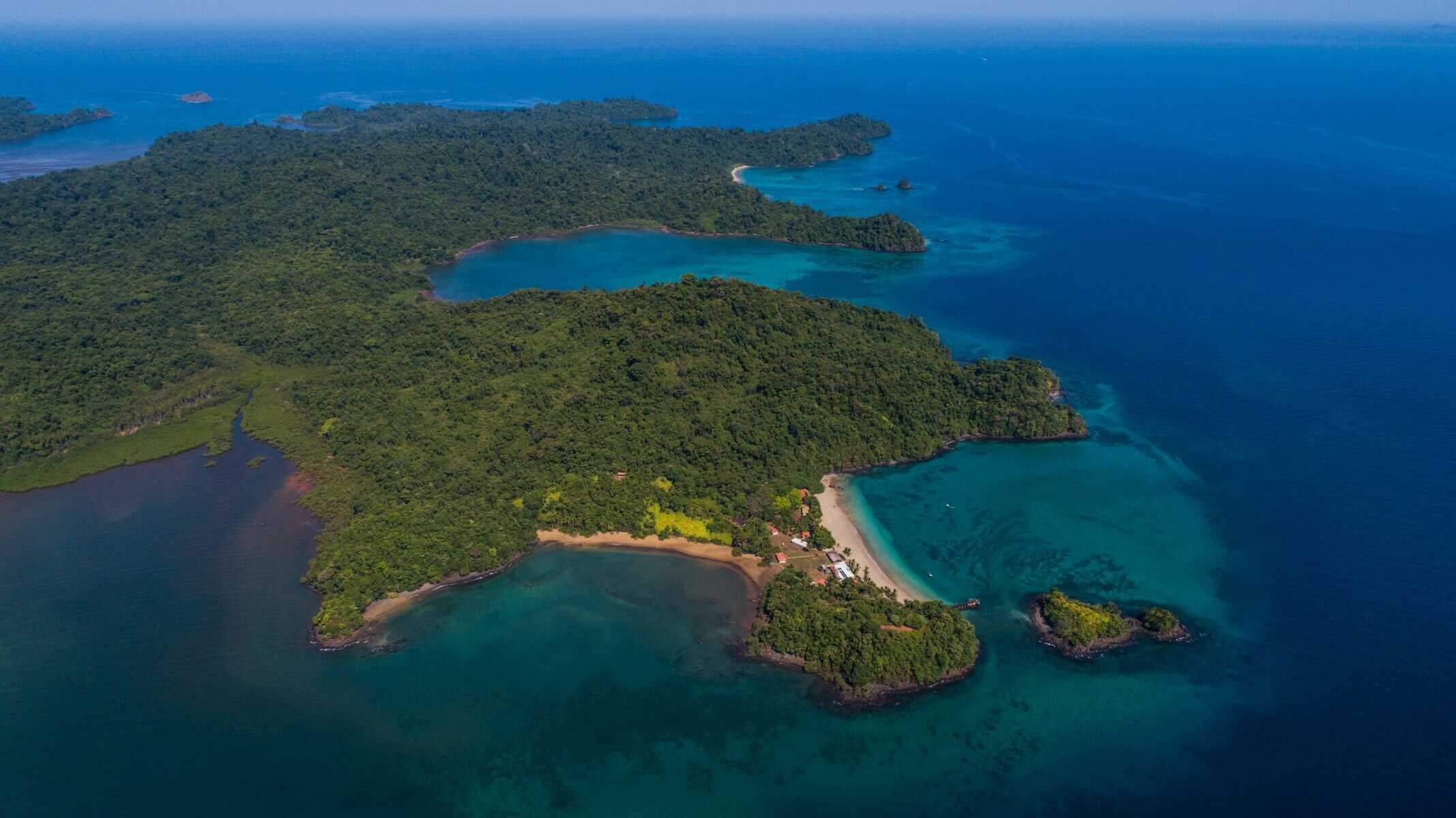ABC News Live has launched the second season of its docuseries “Last Lands,” with an episode that spotlights Coiba Island in Panama. The island, once a notorious penal colony, now stands as a protected national park facing modern threats.
Correspondent Bob Woodruff leads viewers through the remote site off Panama’s Pacific coast. Coiba served as a prison from 1919 to 2004, housing thousands of inmates under harsh conditions. Today, it forms the core of Coiba National Park, a UNESCO World Heritage site spanning over 2,700 square kilometers of marine and terrestrial ecosystems.
The episode examines how the park shelters diverse wildlife, including sharks, whales, and rare bird species. Rangers and international teams patrol the area to combat illegal fishing and drug trafficking routes used by cartels. Woodruff joins these patrols, showing the daily challenges in safeguarding the habitat.
Panama established the park in 1991, but full protection came after the prison closed. The government works with conservation groups to monitor threats like poaching and climate change impacts. The docuseries highlights these efforts as part of a global push to preserve endangered territories.
In the two-part season, the first episode covers Guatemala’s El Mirador, an ancient Maya site threatened by deforestation. The Panama segment follows, emphasizing how national parks act as refuges for biodiversity amid human pressures.
Woodruff, a veteran reporter, brings personal insight to the narrative. He notes the irony of Coiba’s transformation from a place of punishment to one of ecological importance. The series aims to raise awareness about conservation in Latin America, where protected areas often border regions of instability.
Viewers can stream “Last Lands” on ABC News Live, Disney+, and Hulu. The Panama episode runs about 40 minutes, blending on-the-ground footage with expert commentary.
This story resonates as similar parks, not only in our country but also our neighboring countries face parallel issues. Coiba’s model offers lessons in turning troubled histories into conservation successes.






